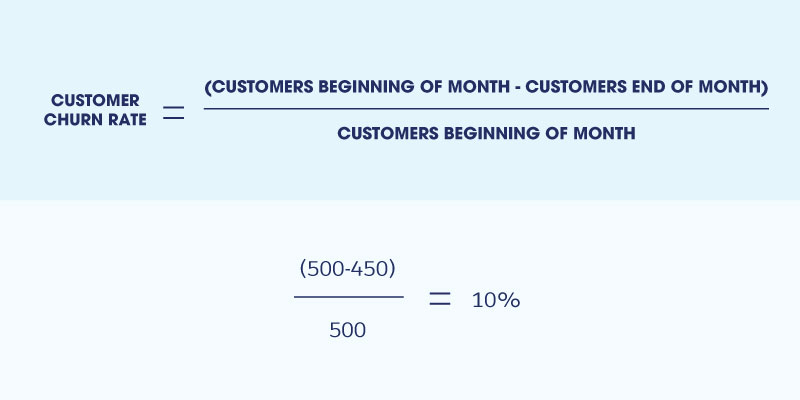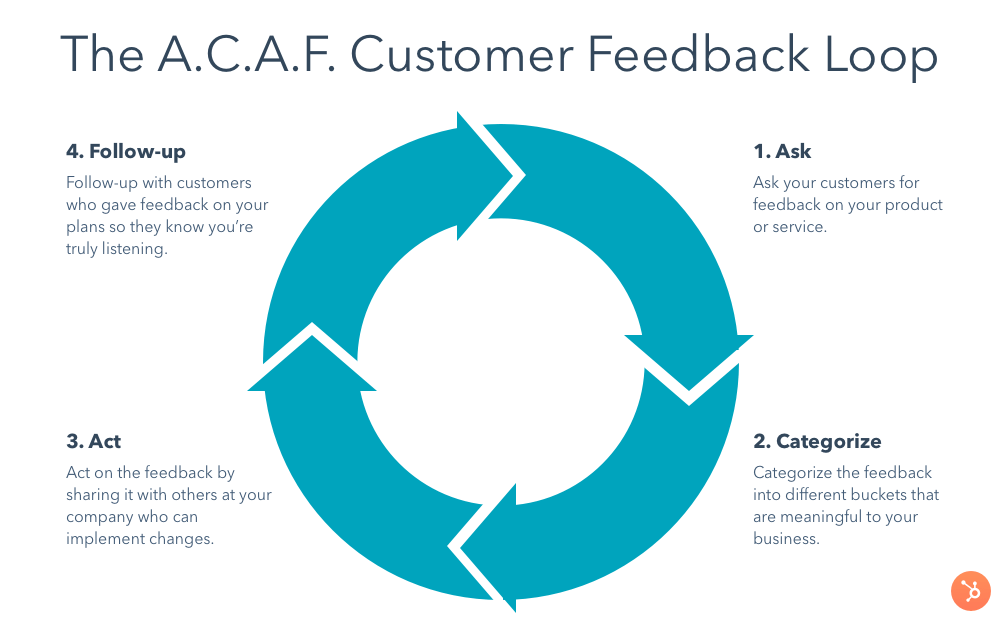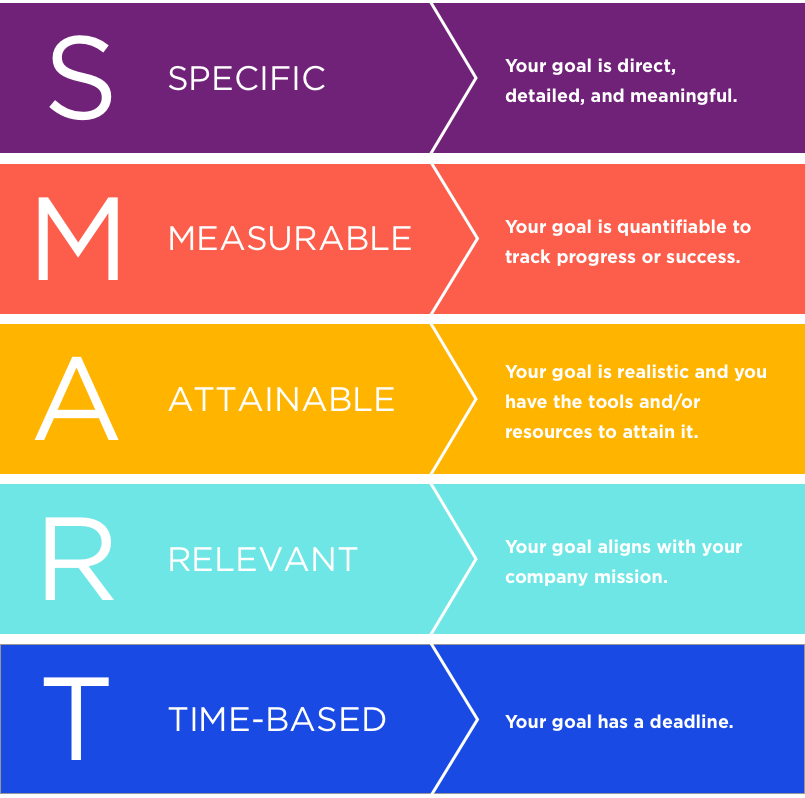
Your 3-Part Action Plan to Improve Customer Retention Today
Customer churn — just the thought of it can drive your stress through the roof.
As a contact center manager, your team is responsible for keeping customers happy. Short term happiness isn’t enough, though. If your team can’t retain customers and establish long-term relationships that last, your entire company suffers the losses.
According to research out of Bain & Company, increasing your customer retention rate by just 5% can increase profits anywhere from 25 to 95%. Customer acquisition on the other hand is costly. Gaining a new customer can be 5 to 25x more expensive than maintaining an existing customer relationship. And while you need both – loyal customers and new customers – hanging on to your current customers is the lifeline you need to propel your future growth.
Easier said than done, though, right?
Before you throw your hands up and give up on improving your call center’s customer retention, take a few minutes to read through three actionable customer retention strategies to employ as you start your journey down the roadmap to better customer loyalty.
[Read Next]: Learn about how to build brand loyalty from Buffer, a brand that dominates in customer experience
Part 1: Identify Your Least Loyal Customers
Can you really fix a relationship if you don’t know the source of the problem? Customer relationships require care – just like any other relationship in your life. If customers don’t stay around long-term, you can bet there are specific reasons — perhaps a long list of them — that pushed them to leave.
An important place to start when you’re improving customer retention is to test the water to know how bad it really is.
1. Measure churn:
If you’re not already measuring churn, this is an important metric to track. Metrics make something that can feel vague and ambiguous more concrete. If you’re unsure how to measure churn, Salesforce has a helpful visual that simplifies how you can measure churn rates.

2. Gather feedback:
Once you know how many customers have dipped and looked for other services, you need to identify why they’re leaving you.
Feedback is important. It may seem obvious that your contact needs feedback to grow. We all need to know how we can improve. But, asking for feedback is no easy task. Sending surveys signals that your team cares about your customer experience. When you ask for feedback, you’re expected to put that feedback to work and make some changes. Implementing customer feedback is part of the process. Duh. But, when you have a thousand to-do items, adding more tasks to the list can be daunting.
Let me help you make it more manageable with two simple steps:
- Create CSAT surveys. Set up actions in your contact center software that trigger specific follow up questions to prompt your customers to fill out a survey after an interaction.
- Create a feedback loop. Feedback loops support customer loyalty. They give you a practical step-by-step path to maintaining conversations with your customers and following up on individual customer requests and concerns. Check out HubSpot’s Ask, Categorize, Act, Follow-up (or A.C.A.F.) Customer Feedback Loop to get you started.

Through ongoing conversation about how to improve your customer experience with your brand and company, you’re bound to see more customers stick around.
Part 2: Set Meaningful and Manageable Goals for your Contact Center
In order to improve your customer retention rates, you need goal posts for your team. Set goals for your team, informed by your existing data, that are personal to your contact center’s strengths and weaknesses. That way you know how to service customer relationships for the long haul.
1. Unify your data:
Blah. Data can be so tedious. But, without it, how can we effectively track success and failure? Depending on your customer feedback, you may notice that your call center technology is fragmented and disorganized. You’ve got gaps in your operations. Your channels are a mess. You don’t always know how many customers are reaching out. You’re uncertain of how many interactions are escalating, how many calls are dropping…sound familiar?
Analyze your call center data and figure out what questions (about your customers, your agents, and your operations) you’re left with. It’s important to have a data-backed strategy to align your future. How can you create a roadmap for customer retention if you don’t have all the facts, first?
[Download Now]: Use the data that already lives in your software to create strong customer experience strategies
2. Set SMART goals for your team to guide coaching:
Once you know where the gaps live in your contact center strategy, create clear attainable goals for your team, and your individual agents, to achieve.
According to research conducted by Bobby Medlin and Ken Green, “goal setting positively impacts employee engagement, employee engagement positively impacts optimism, and optimism positively impacts individual performance.” And, when your employees feel cared for, they’re more likely to pour that positive energy and work ethic into caring for your customers.
Goal setting is integral to your employees’ feelings of worth within your organization.
Goals drive employees to pursue their own professional development and align to the culture of your team. When you acknowledge the hopes and dreams of your employees, you’re giving them a sense of belonging. Employee engagement has numerous benefits, and it discourages attrition in contact centers – where turnover is a tough problem to tackle.
You can’t just think up your goals at random, though. Goals are ineffective when they’re out of reach. In fact, unattainable goals only discourage your agents. Instead, create S.M.A.R.T Goals alongside your team.
Here’s what it takes to create SMART goals:

What’s more? SMART goals are fantastic coaching tools. Create goals for your entire team, but also have individual agents create their own SMART goals that you help them work toward. By setting specific, measurable, attainable, relevant, and timely goals, as a manager, you have clarity on where to focus your coaching, so you can give the most essential feedback to your employees.
[Read Next]: Create a culture of coaching to improve employee engagement in your contact center
Part 3: Personalize Customer Interactions — Across all Points of Contact
Imagine this: your team is killing it. Their call metrics keep trending up. They’re reaching those personal SMART goals each quarter. But, you keep getting calls from customers complaining about not getting timely help…huh? With all the work you’ve put in thus far, how do you miss the mark with all of these customers?
Dun dun dunnnn! To your horror, you discover your agents have missed hundreds of live chat messages and they’ve only answered some of your customer emails. Consider how harmful missing those messages is to building customer loyalty! What good is it that your team is killing it over the phone if you’re missing interactions on all your other channels!?
Customers today want the easiest ways to reach customer service, with the most personalized touch. According to Gladly’s recent report, 79% of customers say personalized customer service is more important than personalized marketing. In addition, 86% of consumers expect conversations with agents to seamlessly move between channels.
1. Make sure you know your customers:
In an article by CMSWire, CEO of Smart Communications James Brown spoke about the importance of omnichannel, personalized experiences. He mentioned how you need to gather and use all of the data you have on your customers to meet their needs in a personal manner. Brown notes that when you use customer information, your whole company can embrace the tools you have to “break down internal silos, easily synthesize customer history and preferences, and deliver the information customers want when and where they want it.”
Sure, sifting through customer data and fixing internal fragmentation is a heavy lift, but the long-term success in customer retention and loyalty is worth it. Craft reports to give your agents useful information about customer history and connect your contact center with your CRM so agents have access to the data they need. When an agent has access to these personal details about a customer, they can shape their interaction to meet the specific needs of that customer.
Keep track of the customer feedback you gathered earlier and attach relevant info to the right customer account in your CRM or contact center platform. Then, your agents can see how a customer has felt in the past after an interaction. Your agents can speak to customer woes and repair strained relationships when they know what helped a customer in the past (and, when they know what didn’t work with customers).
2. Upgrade your omnichannel software:
If you have omnichannel software, but have a poor strategy, you may be wasting company dollars. True omnichannel should combat your customer churn. In fact, companies with omnichannel built into their customer experience retain around 89% of their customers. Compare this to the low customer retention rate of 33% for companies with a weak omnichannel strategy.
Assess the channels that your customers use. Be sure to coach agents to care for customers well on all of these channels. Consider new features to include in your software that would benefit everyone. With bots, seamless transitions, in-line feedback and coaching help, customization of reports — just think how much you can support your team with the right tools and strategy
On the Road to Greater Success with Customer Retention
Customer retention is worth it. When you take the time to invest in the right tools and strategies to fight churn, your agents, your customers, and your company’s wallet all reap the benefits.
Take the time to learn the needs of your customers. Pour into your agents’ development and growth. And, support your team with the best tools. You’ll see a dramatic difference in customer retention — I guarantee it!


